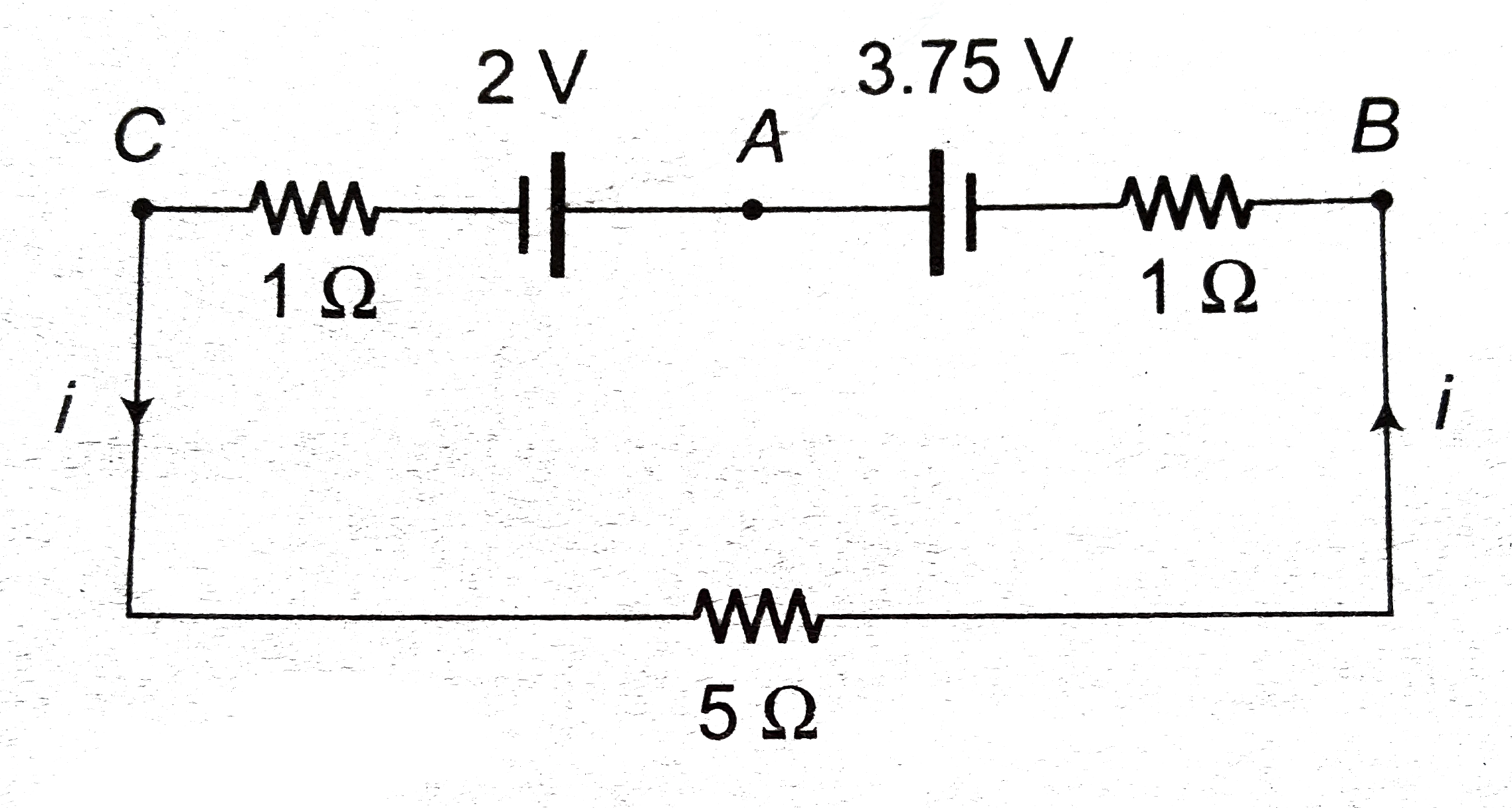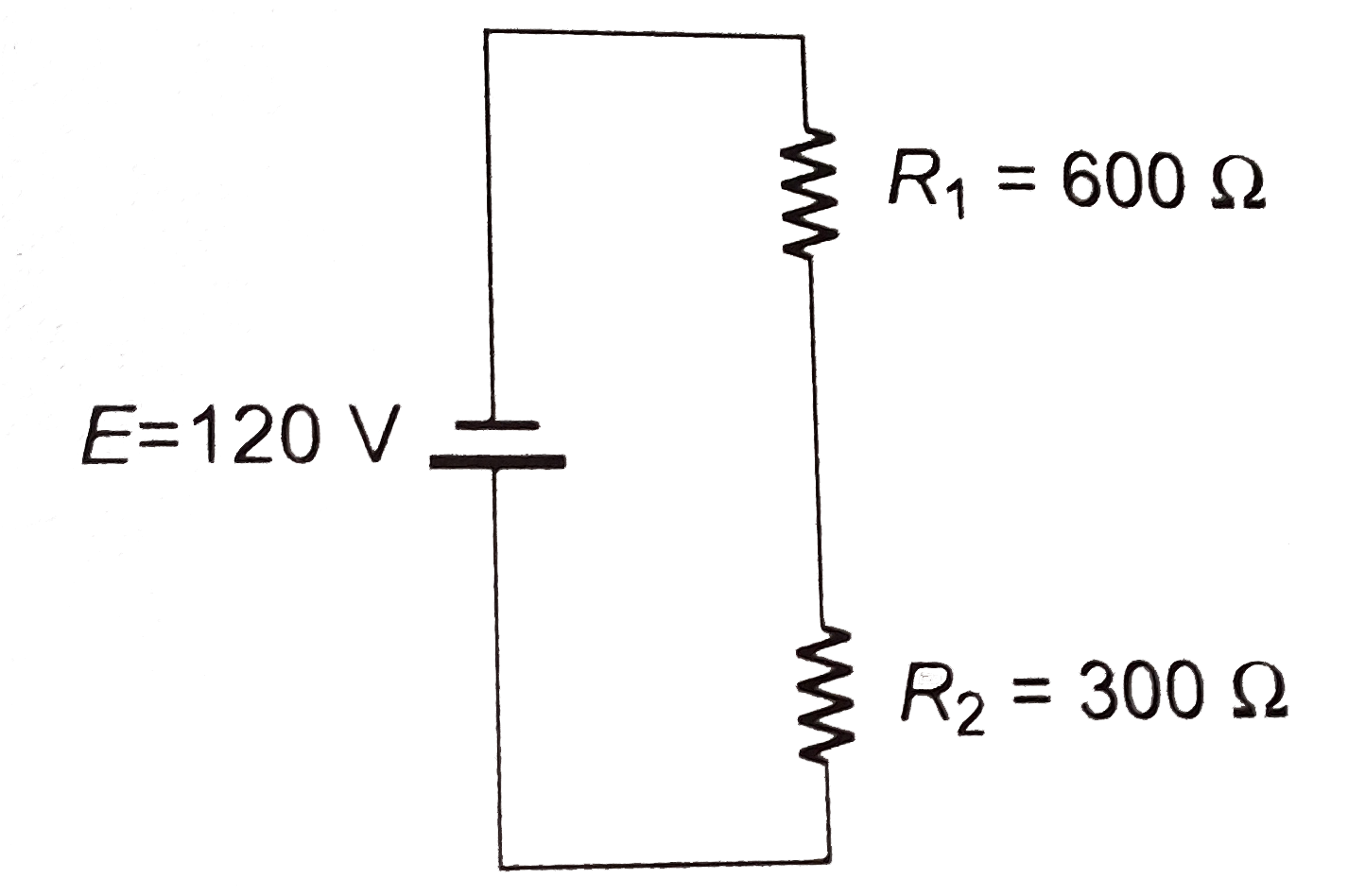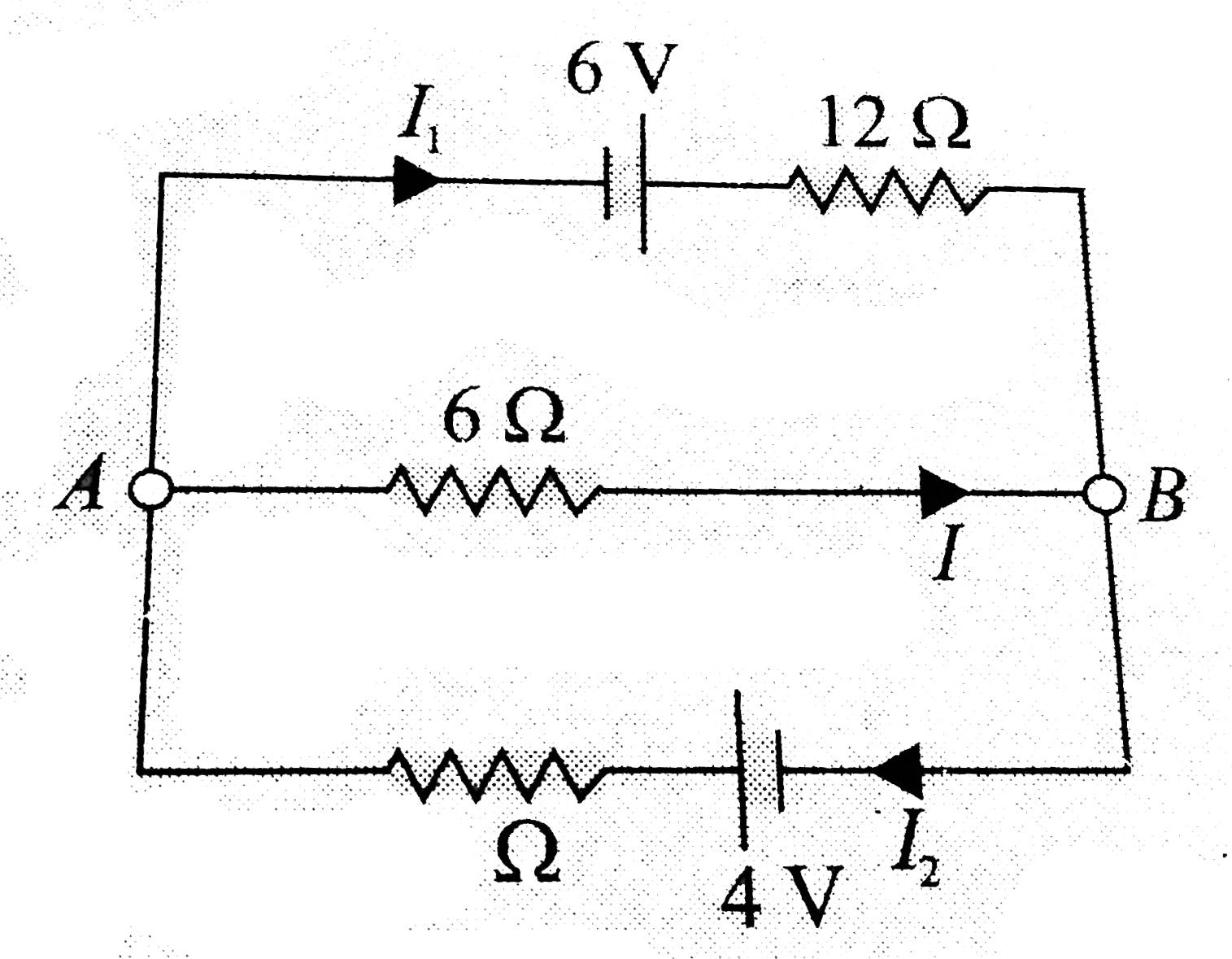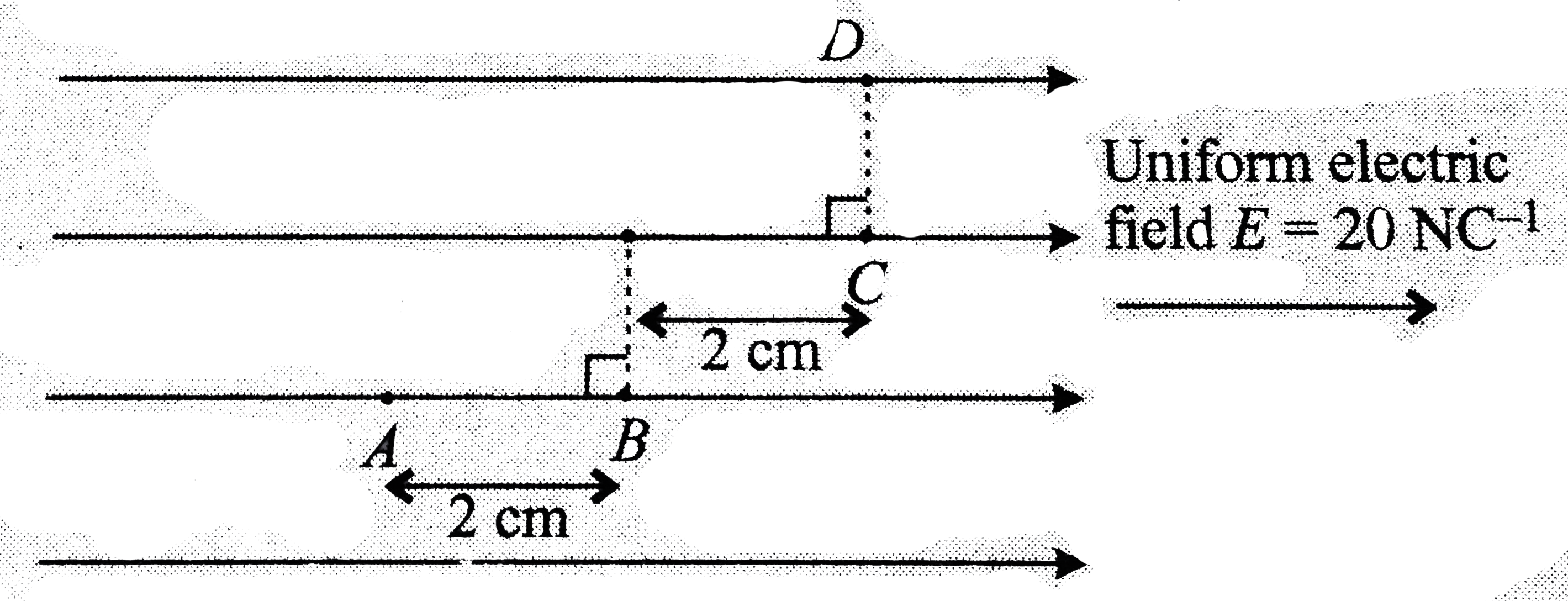
(i) i=0.25A
(ii) VA−VB=3.5V
(iii) VA−VC=2.25V
Equivalent resistance =7Ω.
(i),(ii)
(i),(ii),(iii)
(i),(ii),(iv)
all
The correct Answer is:D
i=3.74−21+1+5=1.757=0.25A
VA−VC=2+i×1=2+0.25×1=2.25V
VA−VB=3.75−i×1=3.75−0.25×1=3.5V.
Topper's Solved these Questions
Similar Questions
In the circuit shown in Fig, the sources have emf'sξ1=1.5V,ξ2=2.0V,ξ3=2.5V , and the resistances are equal to R1=10Ω,R2=20Ω,R3=30Ω. The internal resistances of the sources are negligible. Find : ltbrtgt (a) the current flowing thorugh teh resistance R1 ,
(b) a potential differences φA−φB between the points A and B between the points A and B.

View SolutionA battery is formed by connecting three cells in series .
The emfs of cells are 5 V, 2.5 V and 1.5 V and their internal resistance are 0.5Ω,0.05Ωand0.45Ω respectively.
This battery is connected across a load resistance of 5Ω what current will be supplied by the battery ? if the cell of emf 1.5 V were connected with reverse polarity then what would have been the current supplied by the battery ?
View Solution
Knowledge Check
In the R1=10Ω,R2=20Ω,R3=40ΩR4=80Ω and VA=5V,VB=10V,Vc=20V,VD=15V The current in the resistance R1 will be
 A0.4A toward OB0.4A away from OC0.8A toward OD0.8A toward O
A0.4A toward OB0.4A away from OC0.8A toward OD0.8A toward OFor the circuit shown in the figure. The equivalent resistance between point A and B for the two cases (i) VA>VB,(ii)VB>VA respectively is……….Ωand……….Ω respectively. (D1andD2 are ideal diodes)
A25,∞B50,∞C∞,25D25,25In the circuit, the battery is ideal. A voltmeter of inifinite resistance is connected in turn across R1 and R2, giving reading of V1 and V2 respectively.
 .
.
(i) V1=80V
(ii) V1=60V
(iii) V2=30V
(iv) V2=40V.A(i),(ii)B(ii),(iii)C(iii),(iv)D(i),(iv)
In the circuit shown,
i. V_A - V_B = ……..
(ii) I_1 = …….
(iii) I_2 ……..
iv. I = ……..

View SolutionFind out the following
a. VA−VB
b. VB−VC
c. VC−VA
d. VD−VC
e. VA−VD
f. Arrange the order of potential for points (A, B,C and D).
 .
.
View SolutionTwo batteries V1 and V2 are connected to three resistors as shown below. If V1=2Vand V2 = 0 V, the current I = 3 mA. If V1 = 0 V and V2 = 4V, the current I = 4mA. Now, if V1 = 10 V and V2 = 10 V, the current I will be-

View SolutionThe following pieces of apparatus are available in a laboratory :
Battery : adjustable from 0 to 6 V
Resistors : 3Ω and 6Ω
Ammeters : A1 of range 0 to 5 A , least count 0.25A
A2 of range 0 to 3 A , least count 0.1A
Voltmeters : V1 of range 0 to 10 V , least count 0.5V
v2 of range 0 to 5 V , least count 0.1 V
For the experiment to find the equivalent resistance of the parallel combination of the two given resistors, which is the best choice ?
View SolutionPassage I
An n-p-n transistor is used as a voltage amplifier in a commoin emitter circuit given
VC=8VIC=4mA
VCE=4V,
(VBE=0.6V,VBB=8V
βDc=200
The value of base resistance is
View Solution
